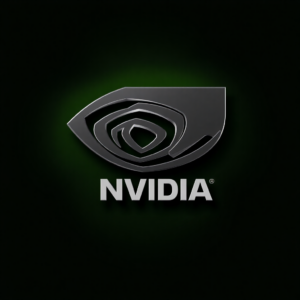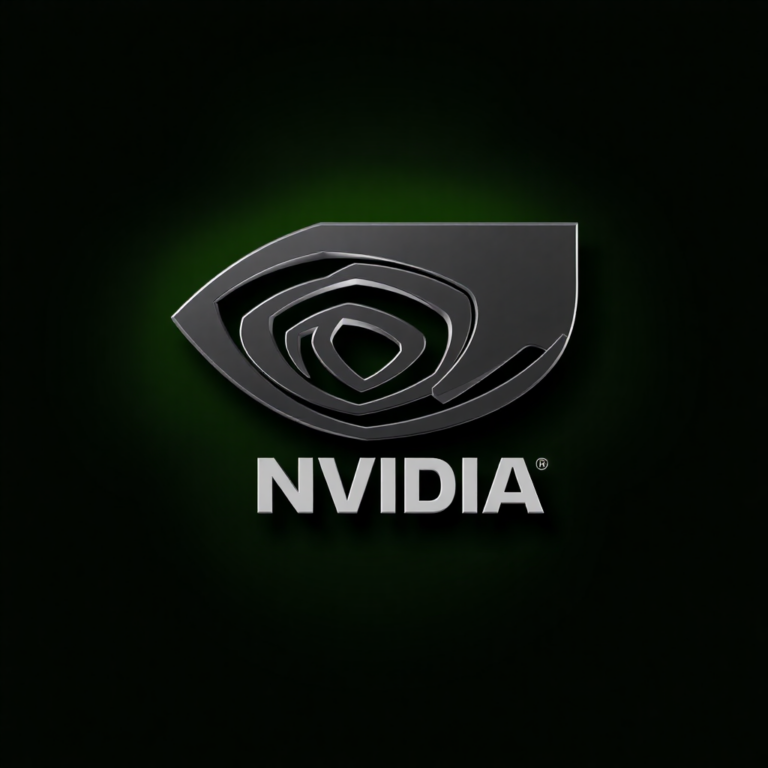In a move that has taken both investors and industry analysts by surprise, Nvidia, the renowned technology giant, recently revealed its plans for a massive $25 billion stock buyback program. While such buybacks are not uncommon in the corporate world, this particular decision has raised more than a few eyebrows among Nvidia’s shareholders. In this article, we’ll break down the intricacies of Nvidia’s bold move, explore the potential reasoning behind it, and delve into why it might be causing a bit of confusion among investors.
Understanding the Buyback Strategy
A stock buyback, also known as a share repurchase, is when a company uses its own funds to buy back its outstanding shares from the open market. This can lead to a reduction in the number of shares available for trading, effectively increasing the ownership stake of existing shareholders. Nvidia’s announcement to repurchase $25 billion worth of its shares is a substantial move that reflects the company’s confidence in its financial health and future prospects.
Possible Reasons for the Buyback
- Undervaluation: Some experts speculate that Nvidia’s leadership perceives their company’s stock to be undervalued. By repurchasing shares at what they believe is a discounted price, Nvidia can potentially bolster shareholder value in the long term.
- Capital Allocation: Companies often resort to buybacks when they have excess cash on hand. Instead of sitting on large reserves, they choose to invest in themselves, signaling to the market that they believe in their own growth potential.
- Earnings Boost: By reducing the number of outstanding shares, a stock buyback can boost earnings per share (EPS). This is an appealing prospect for both investors and management as it can enhance the company’s financial metrics.
Mixed Reactions in the Investment Community
Despite the seemingly positive intentions behind Nvidia’s buyback, it has prompted a range of reactions within the investment community. Some shareholders are applauding the move, viewing it as a smart capital allocation strategy that could reward them with increased value over time. Others, however, are more skeptical.
Skepticism and Concerns
- Missed Opportunities: Critics argue that the $25 billion could be better utilized in pursuing innovation, research, and development, or strategic acquisitions that could drive long-term growth.
- Market Timing: Timing the market perfectly is notoriously challenging. Critics worry that Nvidia might be overpaying for its own shares if they execute the buyback during a period of inflated stock prices.
- Future Growth: By repurchasing shares, Nvidia is essentially signaling that they believe their stock is undervalued. If the market doesn’t agree and the stock continues to underperform, the buyback might not yield the desired results.
Conclusion
Nvidia’s $25 billion stock buyback has certainly sparked a flurry of discussions within both financial circles and among individual investors. As with any major financial decision, the outcomes will only become clear over time. For now, it’s a wait-and-watch game to determine whether this move will indeed be a strategic masterstroke or a decision that raises more questions than answers. Whether the buyback ultimately becomes a “head-scratcher” or a resounding success remains to be seen.












